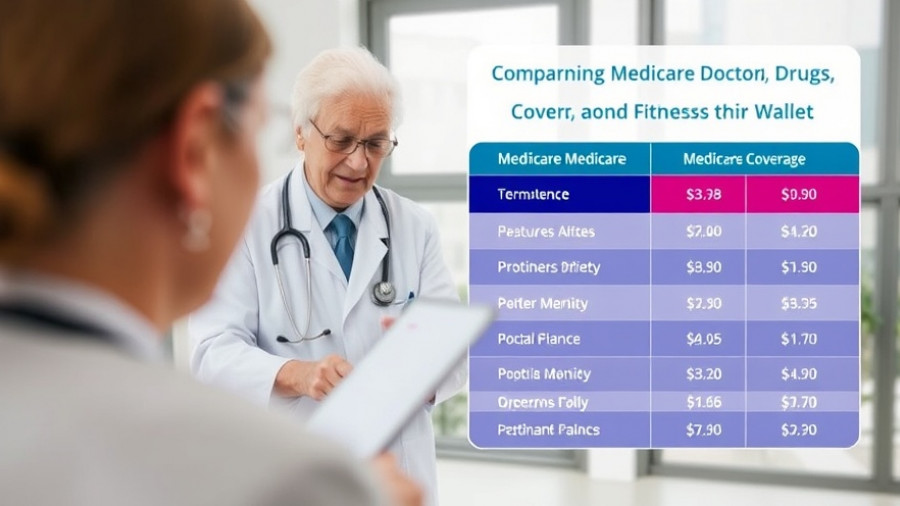
The Legacy of Operation Warp Speed: A Boon or a Bane?
Initiated by President Donald Trump amidst the COVID-19 pandemic, Operation Warp Speed was touted as a monumental feat that potentially saved millions of lives. Yet, as the political landscape shifts, the once-celebrated initiative now stands at a crossroads, facing skepticism from unexpected quarters.
The Political Divide: Unexpected Endorsements
Interestingly, many of the most vocal supporters of Operation Warp Speed are Democratic politicians. For instance, Senator Maggie Hassan described it as a "monumental achievement," while Senator Raphael Warnock urged Trump to dismiss Robert F. Kennedy Jr. due to his controversial stance on vaccines. These endorsements highlight a unique bipartisan recognition of the vaccine initiative's impact, contrasting with the current skepticism from some right-wing factions.
Understanding the Skepticism: The Role of Robert F. Kennedy Jr.
The skepticism surrounding mRNA technology—central to the COVID-19 vaccines—comes prominently from Robert F. Kennedy Jr., Trump's pick as Health and Human Services Secretary. While Trump praises the success of Warp Speed, Kennedy's actions to limit vaccine access have raised eyebrows. His criticism of the vaccines has led to a significant backlash, even from fellow Republicans who underscore the life-saving potential of the vaccines developed through Trump's initiative.
Public Health vs. Political Narratives
As COVID-19 continues to evolve, the public's perception of vaccines is deeply influenced by ongoing political narratives. Critics, including Kennedy, have questioned the efficacy and safety of mRNA vaccines, despite scientific endorsements. This commentary raises critical questions about the broader implications for public health communication amid rising vaccine hesitancy.
Scientists vs. Politicians: A Tug of War Over Truth
At a recent congressional hearing, the exchanges between Kennedy and various senators showcased a rift in vaccine policy and the role of science in public health decision-making. With many scientists supporting the COVID vaccines, Kennedy's rhetoric suggests a growing divide—a conflict between established scientific consensus and alternative viewpoints that could hinder vaccination efforts, especially among younger populations.
Global Perspectives on Vaccine Development
While Operation Warp Speed has received praise, a global perspective underscores the complexities of vaccine rollout. Countries worldwide have faced challenges similar to those in the U.S., leading to debates about vaccine equity, access, and the responsibilities of governments in safeguarding public health. Operational insights from these landscapes illustrate that the achievements of Warp Speed must coincide with a commitment to global health parity.
What It Means for Future Vaccine Initiatives
Lessons learned from Operation Warp Speed could play a pivotal role in future public health initiatives. As COVID-19 continues to remind us of the importance of vaccination, understanding the multifaceted nature of public perception will be paramount for convincing hesitant populations. The road ahead may require distinguishing valid concerns from unfounded fears, encapsulating the true spirit of safeguarding public health.
In light of these insights, it remains crucial for both government and health officials to engage transparently with the public. Acknowledging concerns while reaffirming the importance of vaccines will be crucial in fostering trust and combating misinformation.
 Add Row
Add Row 

 Add
Add 


Write A Comment